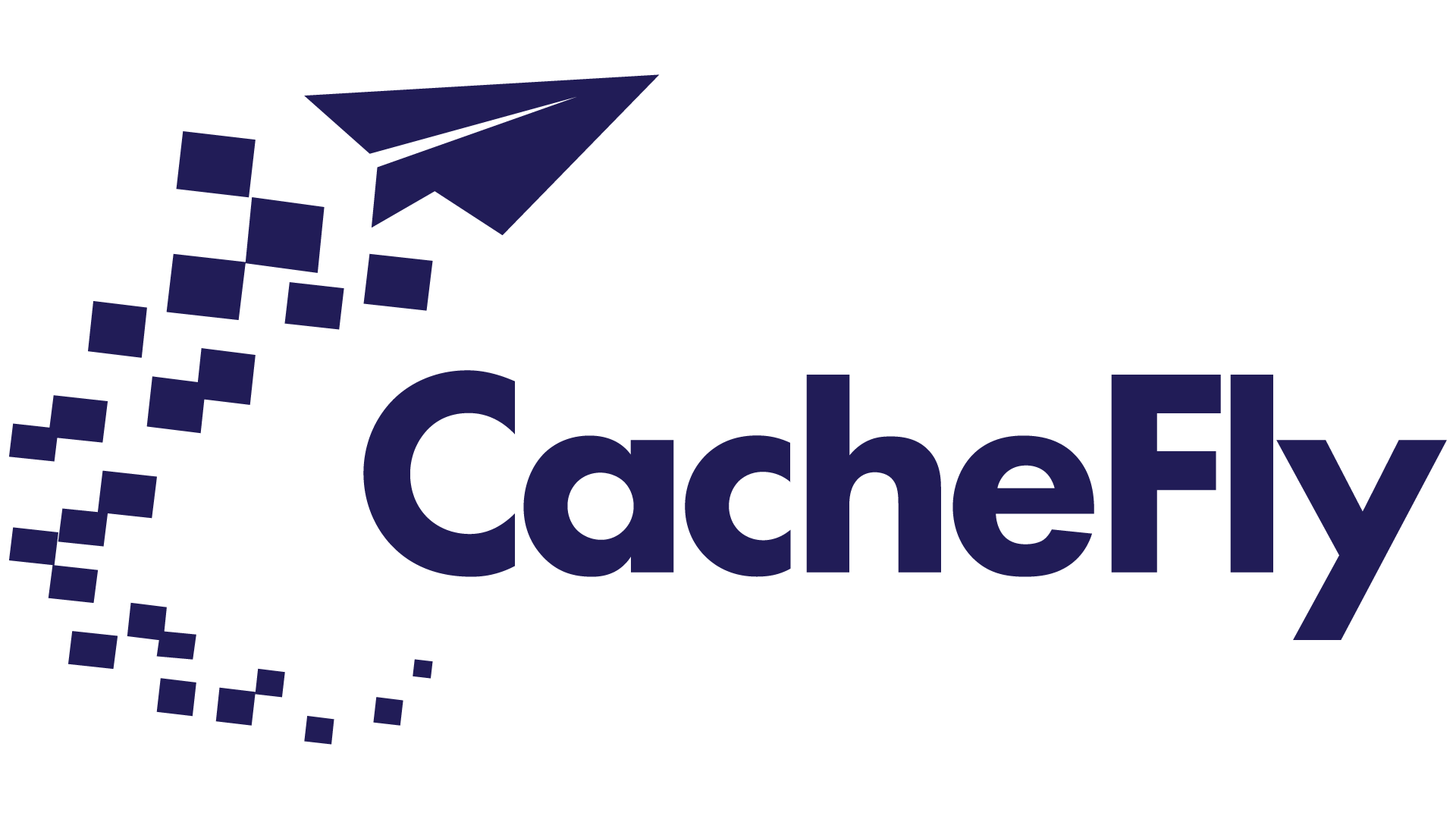
Cybersecurity and the Synergy Between CDNs and WAFs
Post Author:
CacheFly Team
Categories:
Date Posted:
September 26, 2024
Key Takeaways
- Understanding the sophisticated and frequent DDoS attacks on websites and applications.
- Recognizing the impact of data breaches and the importance of CDNs and WAFs to protect sensitive user information.
- Identifying the risks associated with web application vulnerabilities, such as SQL injection and cross-site scripting (XSS).
- Exploring the evolving landscape of web security threats.
CDNs and WAFs are critical to the security of digital content. As technology advances and our dependence on digital platforms grows, so does the complexity and frequency of cyber threats. In this ever-evolving landscape, a key concern is the growing sophistication of Distributed Denial of Service (DDoS) attacks. These attacks have become increasingly complex, utilizing multiple attack vectors and large botnets to overwhelm targeted systems. The frequency of DDoS attacks has risen significantly, with some reporting a 67% increase in application-layer DDoS attacks in Q4 2021 compared to the previous year. This article will delve into these threats, their potential impacts, and what steps we can take to protect ourselves.
The Evolving Landscape of Web Security Threats
DDoS attacks are becoming increasingly sophisticated, employing large botnets and multiple attack vectors to overwhelm targeted systems. These attacks target websites and applications, causing significant disruption and potential loss of revenue. The increasing frequency of these attacks necessitates robust and proactive security measures—measures that go beyond standard firewalls and antivirus software. In fact, one CDN provider reported a 67% increase in application-layer DDoS attacks in Q4 2021 compared to the previous year, highlighting the accelerating threat landscape.
Another critical aspect of web security is the protection of sensitive user information. Data breaches can lead to significant financial losses, damage to reputation, and legal consequences for the affected organizations. Protecting sensitive user data, such as personally identifiable information (PII) and monetary details, is crucial to maintaining customer trust and complying with data protection regulations like GDPR and CCPA.
In addition to DDoS attacks and data breaches, web application vulnerabilities pose significant risks. These include SQL injection and cross-site scripting (XSS) attacks. SQL injection attacks, which target databases through web application inputs, can lead to data theft, modification, or deletion. XSS attacks involve injecting malicious scripts into trusted websites, potentially compromising user accounts and sensitive information.
As the threats continue to evolve, so must our defenses. Understanding the threats is the first step in building a robust and effective security strategy—one that will safeguard our digital landscape while continuing to provide excellent user experiences.
The Role of Content Delivery Networks (CDNs) in Enhancing Web Security
As the landscape of web security threats evolves, it’s vital to leverage all available tools and strategies to enhance your web security. One such tool is the Content Delivery Network (CDN). CDNs play a crucial role in mitigating the impact of DDoS attacks, reducing the load on origin servers, and protecting data in transit.
Leveraging CDN’s Distributed Infrastructure to Mitigate DDoS Attacks
When a DDoS attack strikes, it aims to overwhelm a single target with massive traffic, thereby disrupting the targeted system. However, by distributing web traffic across multiple servers and data centers, CDNs make it more difficult for attackers to succeed. The distributed nature of CDNs dilutes the strength of DDoS attacks, offering a practical layer of defense.
Utilizing CDNs’ Advanced Caching Capabilities
Another significant advantage of CDNs is their advanced caching capabilities. CDNs cache static content closer to end-users, reducing the number of requests that reach the origin server and minimizing the impact of traffic spikes. This not only lightens the load on your origin servers but also significantly improves website loading times, enhancing the overall user experience. It’s a win-win situation: you get improved performance and your users get faster, smoother access to your content.
Implementing CDN-Based Security Features
CDNs also offer a range of security features that protect data in transit. One such feature is SSL/TLS encryption, which secures the communication between users and websites, preventing eavesdropping and data tampering. Moreover, CDNs’ support for the HTTP/2 protocol can further improve website performance and security. HTTP/2 offers features like header compression, multiplexing, and server push, all of which contribute to faster, safer, and more efficient data delivery.
In the ongoing battle for web security, CDNs offer a robust line of defense. From mitigating DDoS attacks to improving web performance and protecting data in transit, the synergy between CDNs and web security is clear. As we navigate the digital frontier, it’s these kinds of synergies that will help us stay one step ahead of the cyber threats.
Integrating Web Application Firewalls (WAFs) with CDNs
While CDNs provide a robust line of defense against web security threats, integrating Web Application Firewalls (WAFs) with CDNs can significantly enhance your security posture. A WAF deployed at the CDN level offers several benefits: it filters out malicious traffic before it reaches the origin server, allows customization of rules and policies, and contributes to performance optimization and global policy enforcement. The synergy between CDNs and WAFs is a powerful combination that can safeguard your digital assets effectively.
Deploying WAFs at the CDN Level
WAFs are designed to inspect incoming web traffic, applying predefined security rules to identify and block potential threats. These threats can include SQL injection attempts, cross-site scripting (XSS) attacks, and other vulnerabilities listed in the OWASP Top 10. By integrating WAFs with CDNs, you can leverage the CDN’s global network to protect your web applications from attacks originating from various geographic locations. This means that malicious traffic is stopped in its tracks, ensuring that your origin server remains secure and unscathed.
Customizing WAF Rules and Policies
In the world of web security, one size does not fit all. Each web application has unique needs and faces a different threat landscape. Thankfully, WAFs offer flexibility in defining custom security rules and policies, enabling you to tailor your defenses according to your specific needs. You can fine-tune WAF settings to strike a balance between security and usability, minimizing false positives while effectively blocking malicious requests. This level of customization allows you to build a defense strategy that is as unique as your application.
Optimizing Performance and Enforcing Global Policy
CDNs optimize web traffic delivery, while WAFs ensure that the delivered content is secure and free from potential threats. By enforcing WAF policies at the CDN level, you can maintain consistent security measures across all geographic regions and ensure that all users receive the same level of protection. This synergy between CDNs and WAFs enhances both the performance and security of web applications, making it a powerful strategy in today’s digital landscape.
As the digital frontier continues to evolve, integrating WAFs with CDNs is no longer a luxury but a necessity. The synergy between CDNs and WAFs offers a robust, flexible, and efficient approach to web security, allowing you to deliver a secure, high-performing digital experience to your users.
Leveraging Advanced CDN and WAF Features for Robust Security
Implementing Bot Management and Rate Limiting
Automation is a double-edged sword. While it accelerates processes and increases efficiency, it can also be a gateway for malicious activity. Advanced CDN and WAF solutions offer bot management capabilities to distinguish between legitimate user traffic and malicious bot activity. By setting rate limits and thresholds, organizations can prevent bots from flooding their web applications with excessive requests or attempting to brute-force login credentials. This proactive approach ensures that your applications are not just fast, but also secure from automated threats.
Utilizing Real-Time Threat Intelligence and Machine Learning
In the dynamic landscape of web security, staying one step ahead is crucial. Real-time threat intelligence feeds and machine learning algorithms are invaluable tools in this endeavor. CDN and WAF providers often employ these advanced technologies to identify and respond to new attack patterns and zero-day vulnerabilities. By leveraging these sophisticated techniques, organizations can stay ahead of evolving threats and ensure their web applications remain secure against the latest attack techniques.
Regularly Monitoring and Analyzing CDN and WAF Logs
Knowledge is power, and in the context of web security, this knowledge often comes from logs. CDN and WAF solutions generate detailed logs that capture information about incoming web traffic, including blocked requests and potential security incidents. Regular monitoring and analysis of these logs can help organizations identify attack trends, assess the effectiveness of their security measures, and make data-driven decisions to optimize their overall security posture.
Evolution of WAFs and CDNs
Web Application Firewalls have significantly evolved to offer robust protection against a variety of cyber threats. Modern WAFs now come equipped with advanced features like Virus Protection, DDoS Protection, IP Address Assessment, Proxy Services, Custom and Managed Rule Sets, and Geographic-Based Access Control. This evolution reflects the ongoing commitment to keeping pace with the ever-changing threat landscape and reinforces the synergy between CDNs and WAFs.
In conclusion, the sophistication of web security threats necessitates advanced defense mechanisms. By integrating WAFs with CDNs and leveraging their advanced features, organizations can build a fortified digital fortress. But remember, the digital landscape is ever-evolving, so is your security strategy agile enough to keep up?
About CacheFly
Beat your competition with faster content delivery, anywhere in the world! CacheFly provides reliable CDN solutions, fully tailored to your business.
Want to talk further about our services? We promise, we’re human. Reach us here.
Product Updates
Explore our latest updates and enhancements for an unmatched CDN experience.
CacheFly in the News
Learn About
Work at CacheFly
We’re positioned to scale and want to work with people who are excited about making the internet run faster and reach farther. Ready for your next big adventure?




